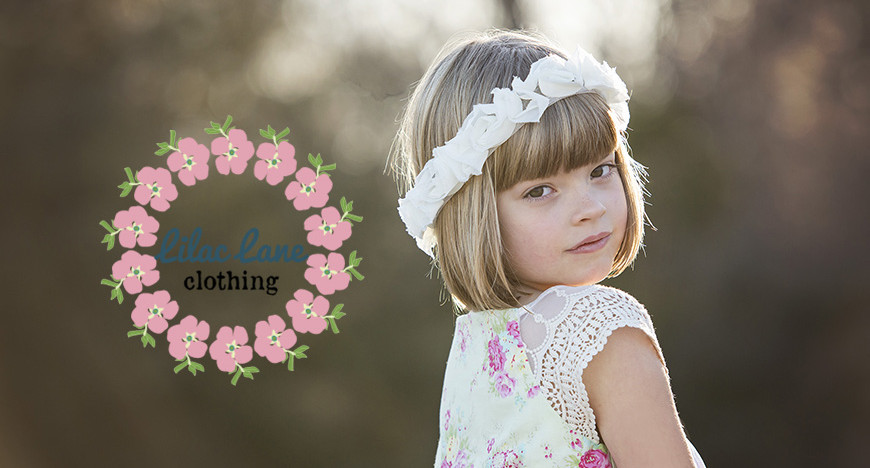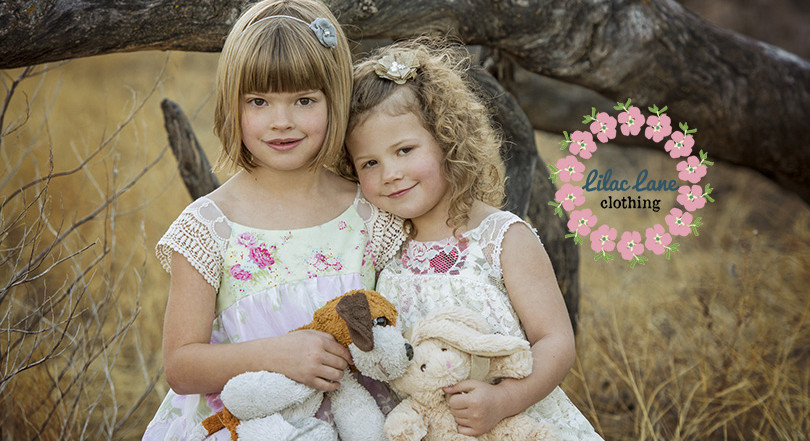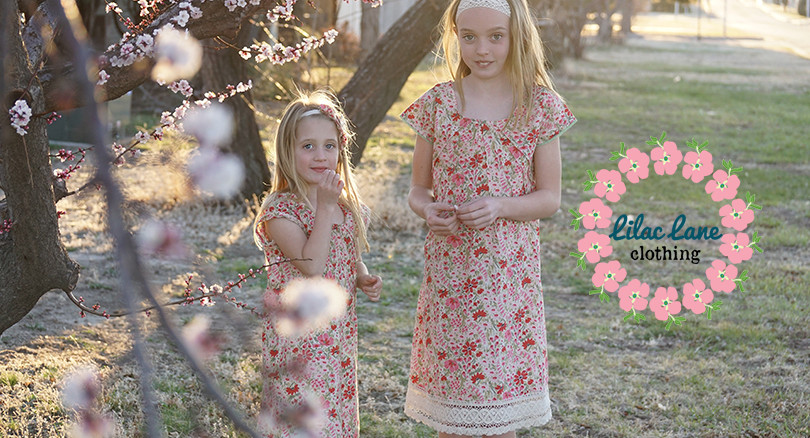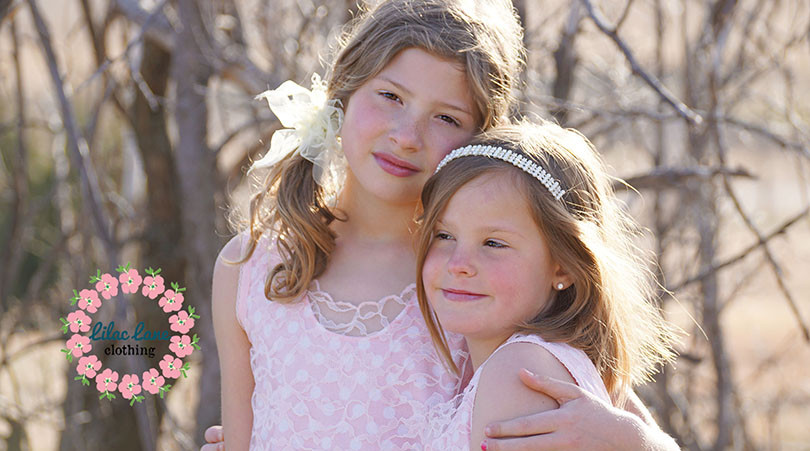We took a little Christmas break, but now we’re back with more basic quilting instructions!
Don’t miss the first four parts of this series:
Part 1: Equipment
Part 2: Choosing fabric
Part 3: Picking patterns
Part 4: Cutting and sewing a 9-patch block
Today we will talk about sashes and borders. A sash is a strip of fabric between blocks and a border is strips of fabric that surround the quilt. As far as sewing them, they’re exactly the same, so pay attention!
If you’ve made it through part 4, you should have several 9 patch blocks.
Now we’ll play with the arrangement. This is something I really want you to understand — quilting should be fun! Play — where else (unless you color with your kids) do you get to throw around colors at will and mix it up in a way that only has to make you happy?
I love the look of just sewing the blocks together. But keep in mind that all those intersections will have to be matched. A sash might be better for our first quilt.
Now it’s time to play again. I happen to have a jelly roll that has two strips of a very light pink print. Jelly roll strips are 2 1/2″ wide. This will make a thin sash, just 2″ wide. It would be a good idea to take some pictures of your different layouts so you can go back and decide which you like the best.
Try different colors and different widths. This is a 4″ sash, which ends up being 3 1/2″ wide when sewn in. I like this too, but I think I prefer the light pink print. Now cut your strips for sashing by first cutting your desired width in a long strip and then cutting it to the length of your blocks. Remember that we had perfectly squared up our blocks. It’s VERY important that you cut these lengths (in my case 12 1/2″) and not leave a long strip that you sew to your block and then cut off. You see, sewing machines are kind of funny. They have feed dogs that pull your fabric through the machine. But these feed dogs also make the bottom fabric feed a little bit differently that the top fabric. You will need to keep a tension on your top fabric so that they end up being even. Otherwise your quilt will bubble up. When you put tension on your top fabric, you’re not stretching it! I wouldn’t even call this easing. It’s just keeping your fabrics even. After all, we measured and then cut the piece exactly the same, right?
Go ahead and sew the strip to the side of one 9-patch block.
Remember that the iron is your friend. I love to use steam. If your water is perfect, use tap water. But if your water is like mine, full of calcium and rust, use bottled water to avoid leaving spots on your fabric. Some people prefer Best Press or other light starches. If you used a very light colored sash, like I did, make sure to press the seams toward the 9-patch blocks. Otherwise, the seams will show a little bit after your quilt is quilted.
Sew your blocks together, putting strips between each one in the rows your have chosen. Do this for each row.
Now it’s time to carefully measure again. Don’t worry about what it’s SUPPOSED to be, but rather what it IS. Cut a sash to this exact length. Hopefully all of your rows are the same length. This time, to counter the tension we talked about earlier, you probably need to put just a few pins along the length of your sash. Sew and press just as before.
Soon you have a beautifully sashed quilt.
For borders, continue just as with the sashes, only with one little additional step. Measure the edge you are adding the border to and THEN measure across the middle. They should be the same. However, they are often off just a bit. In this case, take the difference between the two and then divide it in half. For example, if your middle if 1″ wider that the width of the bottom, add 1/2″ to the bottom border. If it was 1″ smaller, then you would take 1/2″ off of the bottom border. At this point, it would be called easing to get it all to fit and you may have a tiny bit of puckering. But it would make the quilt lay flatter because the borders and middle of the quilt would be the same.
I normally apply borders to each side first. Then measure the top and bottom with the added side borders and apply them. It’s common for borders to be a little bit wider than the sashing. However, borders are also optional and you don’t even have to make them. It’s your quilt!
I hope this helps. Next time we will have a guest talk about preparing your quilt for the quilter. I’ll also have my borders on by then. How about you?
Love,




